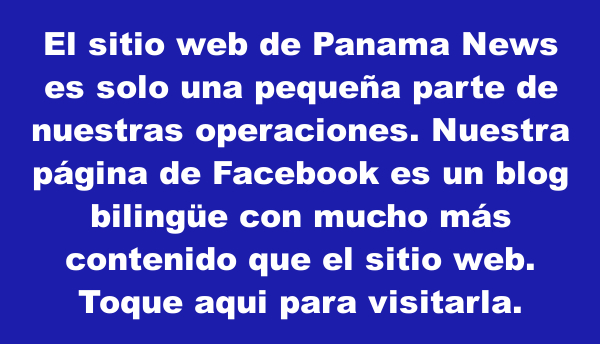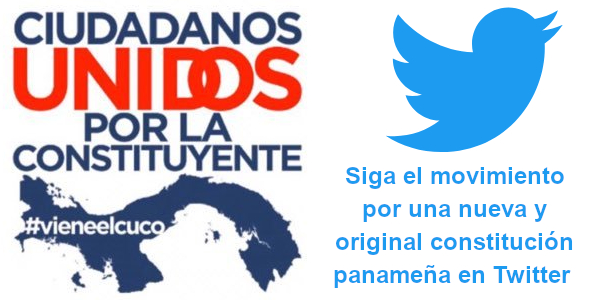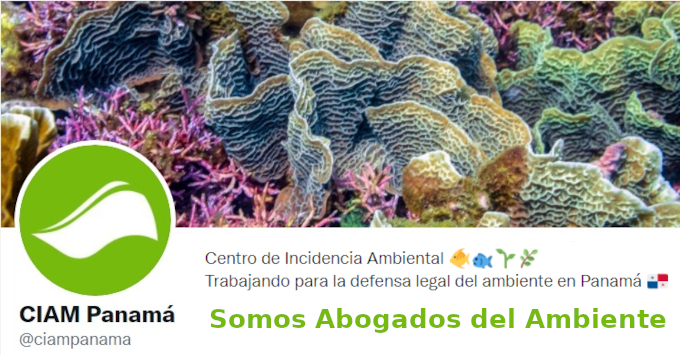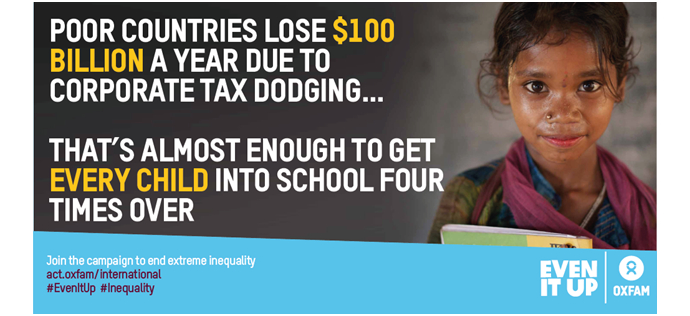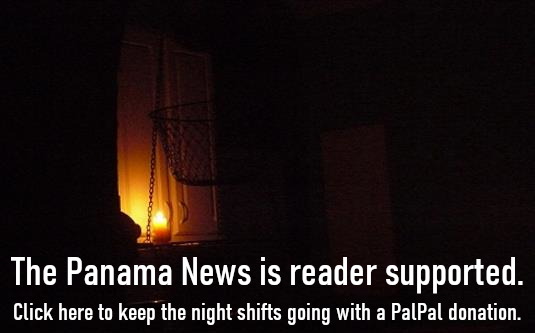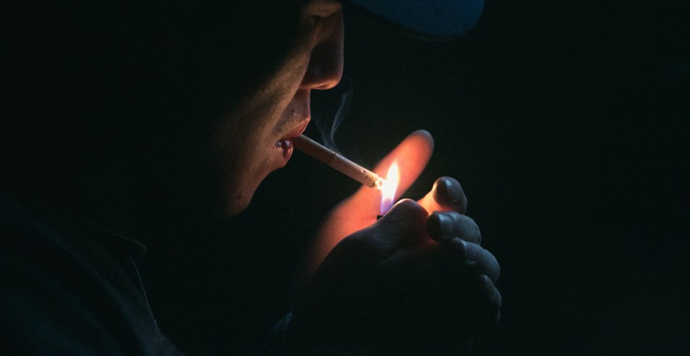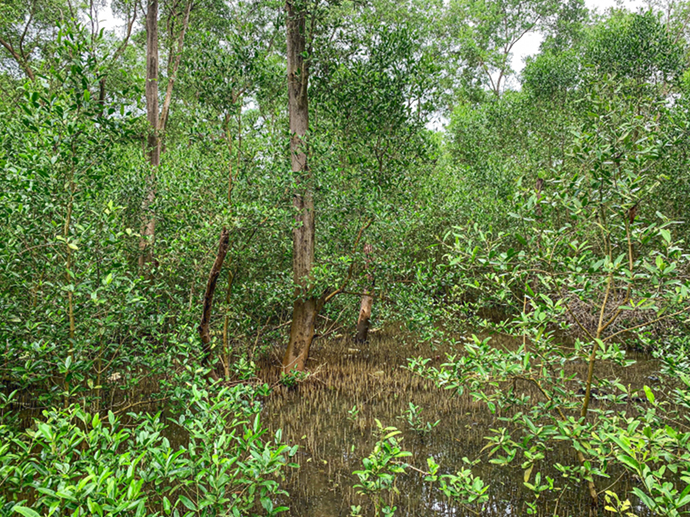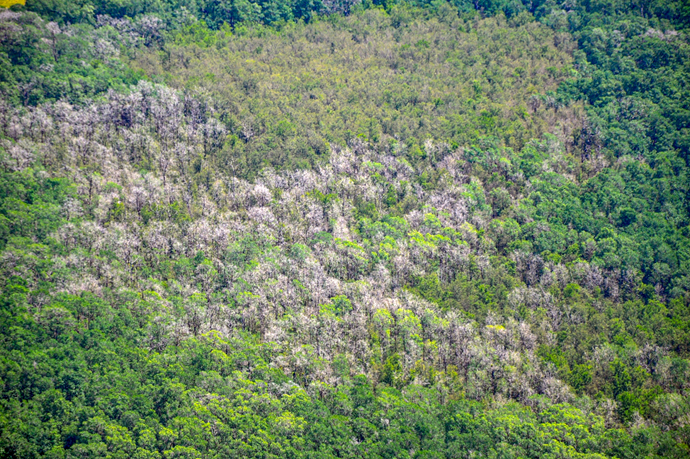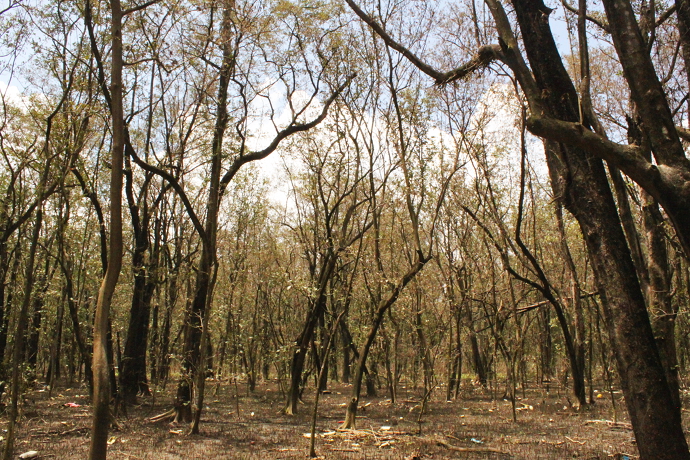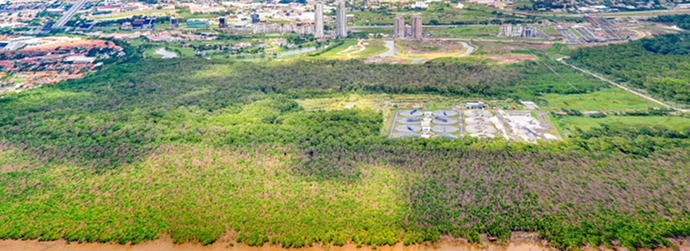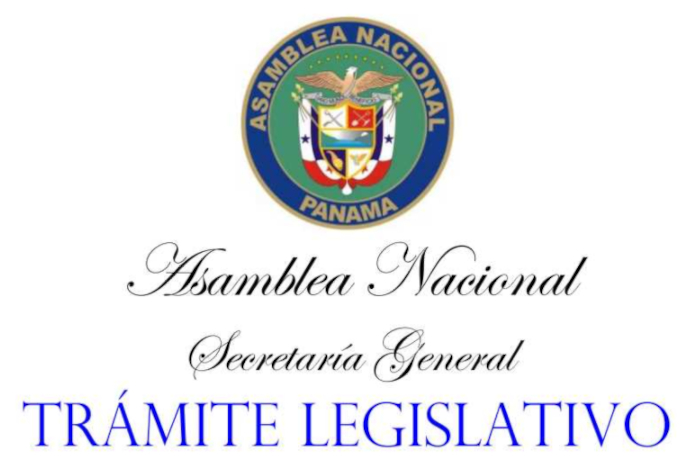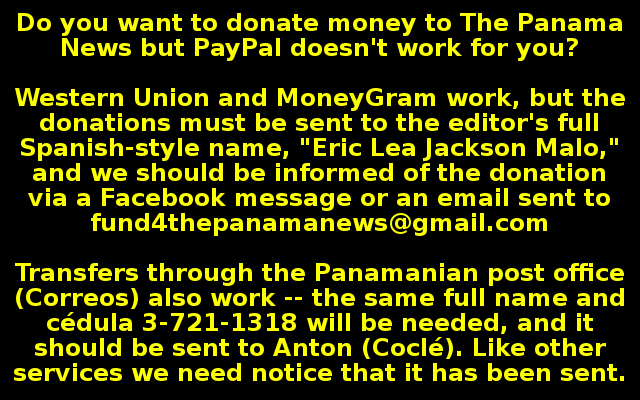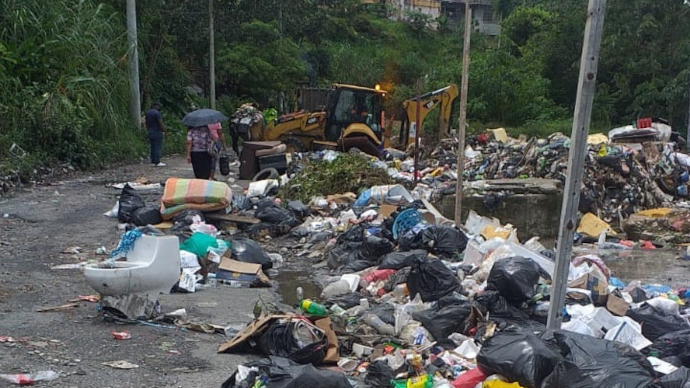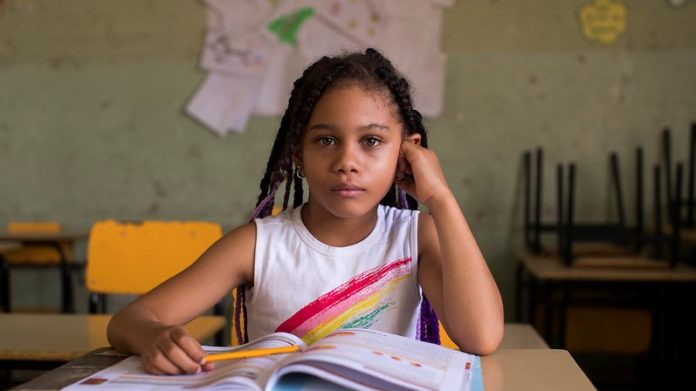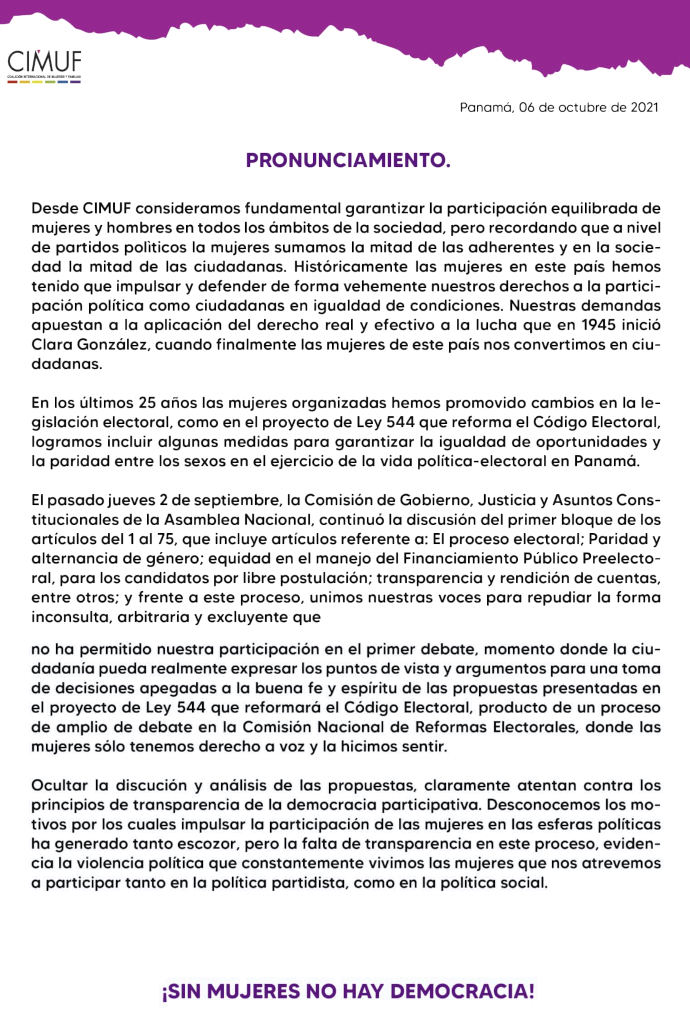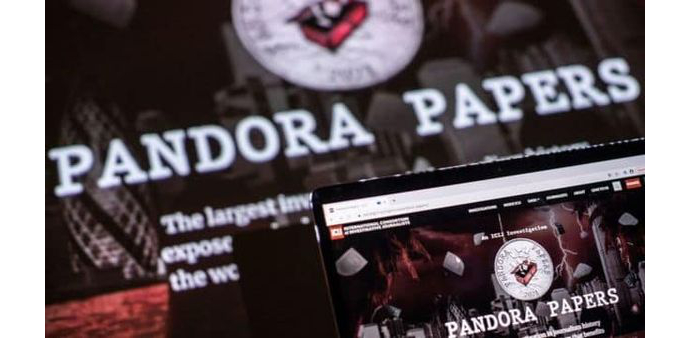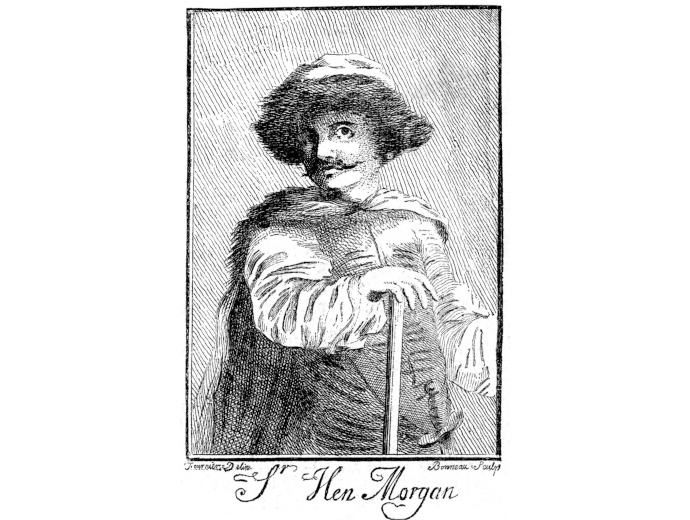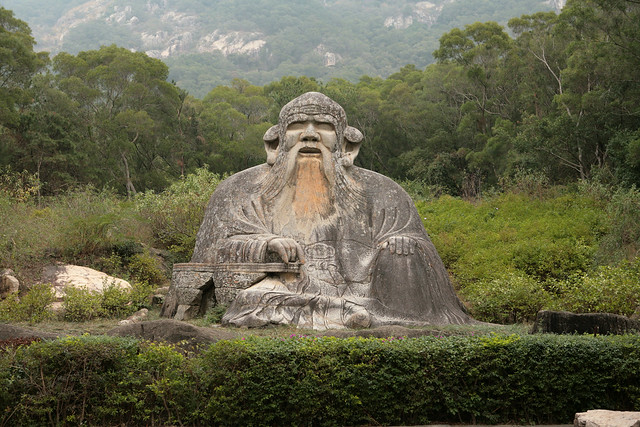Mentiras sobre Victoriano Lorenzo y la separación de 1903
por Olmedo Beluche
El diario La Prensa, entre cuyos accionistas están algunos de los tataranietos de los llamados “próceres” de 1903, publica el 12 de octubre de 2021 (¿Casualmente?), un artículo plagado de falacias sobre Victoriano Lorenzo y la separación de Colombia de 1903. El artículo titulado “El general guerrillero”,firmado por Nelvin Chettani Giusti, quien dice ser “investigador histórico”, está plagado de los cuentos habituales en los medios panameños cuando llega el “mes de la patria” pretendiendo culpar de su muerte a “los colombianos”.
Lo único cierto de las afirmaciones de Chettani es que Victoriano fue la primera víctima de la separación de Colombia, pero no por las razones que aduce, ni por los culpables que menciona, sino todo lo contrario: los responsables del fusilamiento de Victoriano Lorenzo no fueron los “colombianos”, sino los panameños del Partido Conservador que controlaban la ciudad de Panamá, entre ellos Manuel Amador Guerrero y José A. Arango, ambos senadores y colaboradores del gobierno colombiano de entonces.
Quien presidió el juicio sumario contra Victoriano fue el “prócer” Esteban Huertas. Quien lo trajo arrestado a Panamá, luego de la firma del Tratado del Wisconsin, fue Eusebio A. Morales, redactor del Manifiesto de la Independencia de 1903. Dicho por el prominente intelectual panameño, Rafael Ruiloba, en su artículo “El doble fusilamiento de Victoriano Lorenzo”:
“Como en la mañana había pueblo protestando, al mediodía vino la turba conservadora agitada por Francisco de La Ossa, cuñado de Manuel Amador Guerrero, quien llamaba a los Chanis, a los De la Guardia, a los Arias, a los Arosemena, a los Díaz, a los de Obaldía, Boyd, Lefevre, etc., para que llevaran su gente a neutralizar las protestas por el fusilamiento. Este grupo fue denunciado en 1904 por Belisario Porras, como la camándula de la traición. De La Ossa según la testigo “subía y bajaba Las Bóvedas gritando: Vengan a ver morir a un perro”.
Y así lo trató la oligarquía PANAMEÑA, lo enterraron en una fosa sin lápida para que el pueblo no fuera a rendirle homenaje, y hasta los años 70 la historia oficial PANAMEÑA lo trató como a un bandido, salteador y violador.
¿Por qué la oligarquía PANAMEÑA ordenó la muerte de Victoriano Lorenzo? Por dos motivos: venganza, porque durante la Guerra de los Mil Días atacó Penonomé, cuna de los latifundistas de la época quienes les robaban las tierras a los indígenas; en segundo lugar, porque era el único capaz de alzar en armas al pueblo contra la intervención extranjera, pero no la “colombiana” como dice Chettani, sino la de Estados Unidos, que ya tramaba la separación de Panamá de Colombia porque el Tratado Herrán Hay estaba siendo rechazado por el pueblo colombiano y panameño.
Justamente el 15 de mayo de 1903, Belisario Porras, gran líder liberal panameño y colombiano, además gran amigo de Victoriano Lorenzo, publicó en un diario de Cartagena “Reflexiones Canaleras o la Venta del Istmo”, denunciando al tratado y la conspiración para separar a Panamá.
Sí, Victoriano fue sacrificado por los que traicionaron doblemente a la patria, a la colombiana y a la panameña, los próceres que avalaron el Tratado Hay – Bunau Varilla, firmado 15 días después de la “separación”. Por eso Changmarín decía: “Victoriano combatiente, /tu muerte el yanqui exigió; / la traición te condenó/ por unas cuantas monedas/ pero tu recuerdo queda…/ El pueblo no te olvidó”.
Bibliografía
Beluche, Olmedo. ¿Por qué luchó Victoriano Lorenzo? La Prensa. Panamá, 11 de mayo de 2017. https://www.prensa.com/opinion/lucho-Victoriano-Lorenzo_0_4753774705.html
Beluche, Olmedo. Victoriano Lorenzo el Emiliano Zapata panameño. UNAM. Archipiélago Vol 24, No 94 (2016). http://www.revistas.unam.mx/index.php/archipielago/article/view/78231
Beluche, Olmedo. Victoriano Lorenzo, el “Cholo Guerrillero”. Panamá, 13 de mayo de 2019. https://rebelion.org/victoriano-lorenzo-el-cholo-guerrillero/
Changmarín, Carlos Francisco. Décima a Victoriano Lorenzo. https://www.radiotemblor.org/decima-a-victoriano-lorenzo-por-changmarin/
Changmarin, C. F. (2001). El guerrillero transparente. Panamá, Panama: Manfer
Chettani Giusti, Nelvin. El general guerrillero. La Prensa. Panamá, 12 de octubre de 2021.
Jurado, Ramón H. Desertores. Manfer, S.A. Octava Edición. Panamá, 1974. https://docplayer.es/78371519-Ramon-h-jurado-desertores-novela-n-manfer-s-a.html
Ruiloba, Rafael. El doble fusilamiento del general Victoriano Lorenzo. http://filosofiaysociedadpanama.blogspot.com/2016/04/el-doble-fusilamiento-del-general.html
Vásquez Vásquez, Claudio. Mis memorias sobre el General Victoriano Lorenzo. Relatos de viva voz del Tte. Coronel Juan José Quirós Mendoza 1900-1902. Imprenta ARTICSA. Panamá, 2003. https://bidigital.binal.ac.pa
Contact us by email at / Contáctanos por correo electrónico a fund4thepanamanews@gmail.com
To fend off hackers, organized trolls and other online vandalism, our website comments feature is switched off. Instead, come to our Facebook page to join in the discussion.
Para defendernos de los piratas informáticos, los trolls organizados y otros actos de vandalismo en línea, la función de comentarios de nuestro sitio web está desactivada. En cambio, ven a nuestra página de Facebook para unirte a la discusión.


